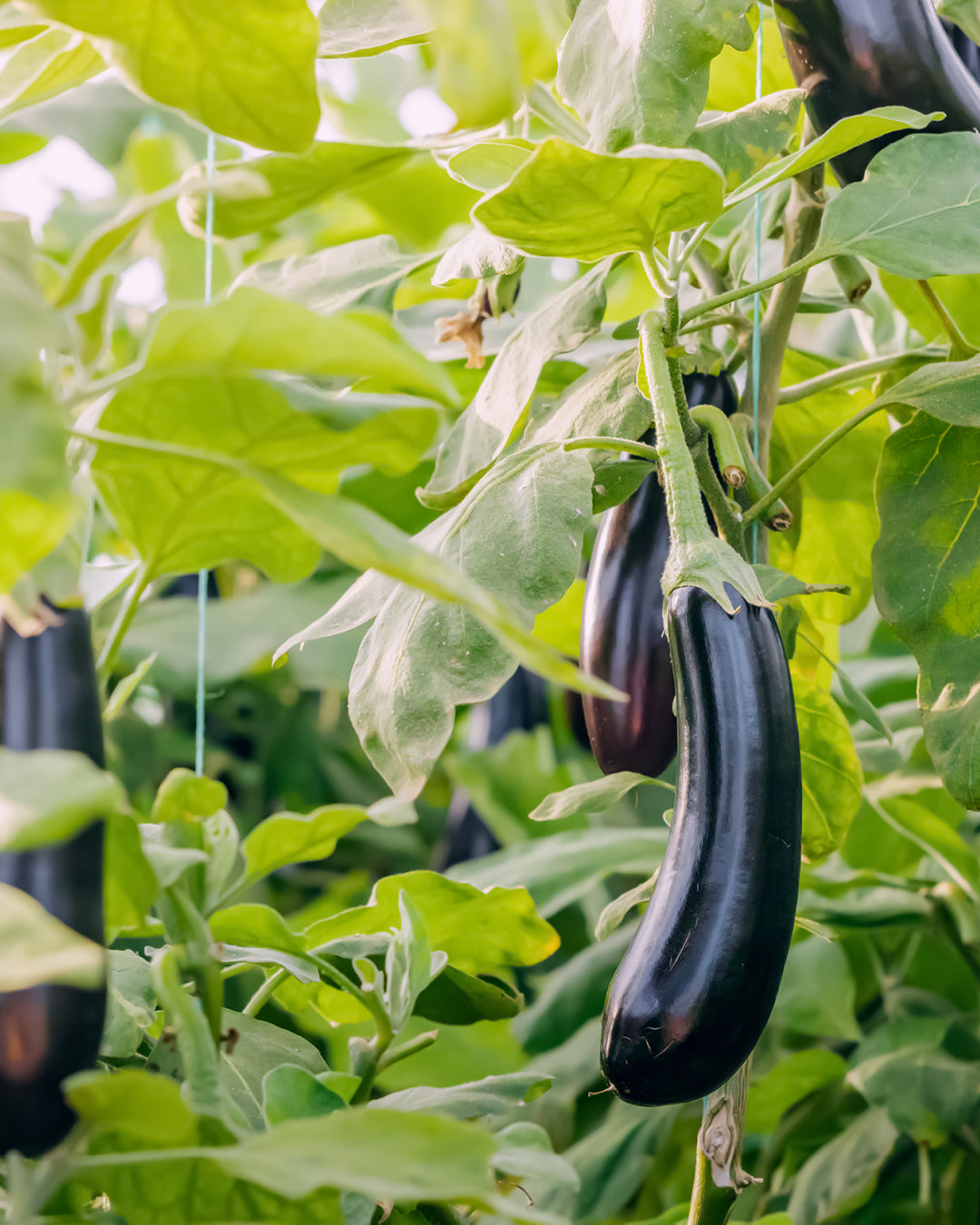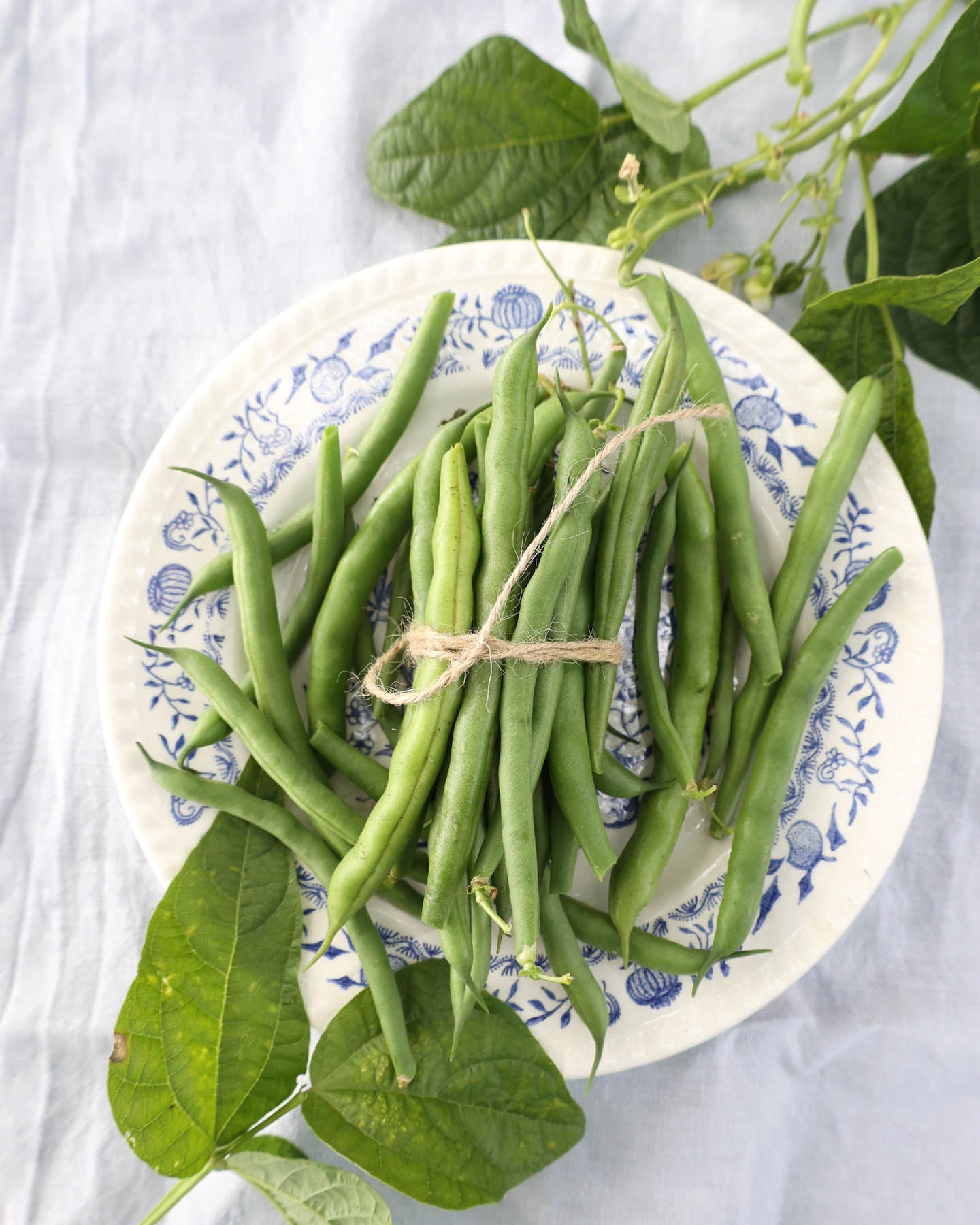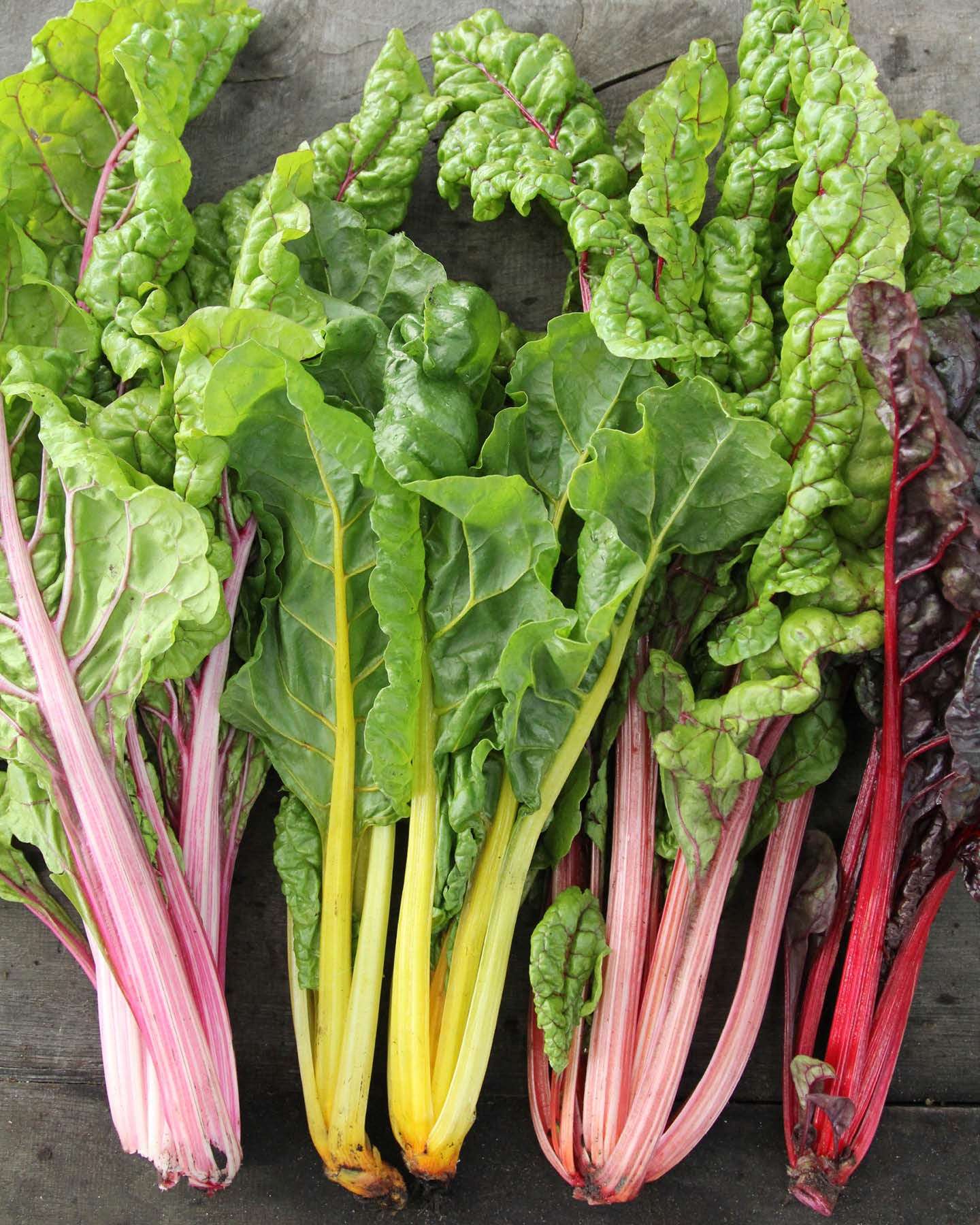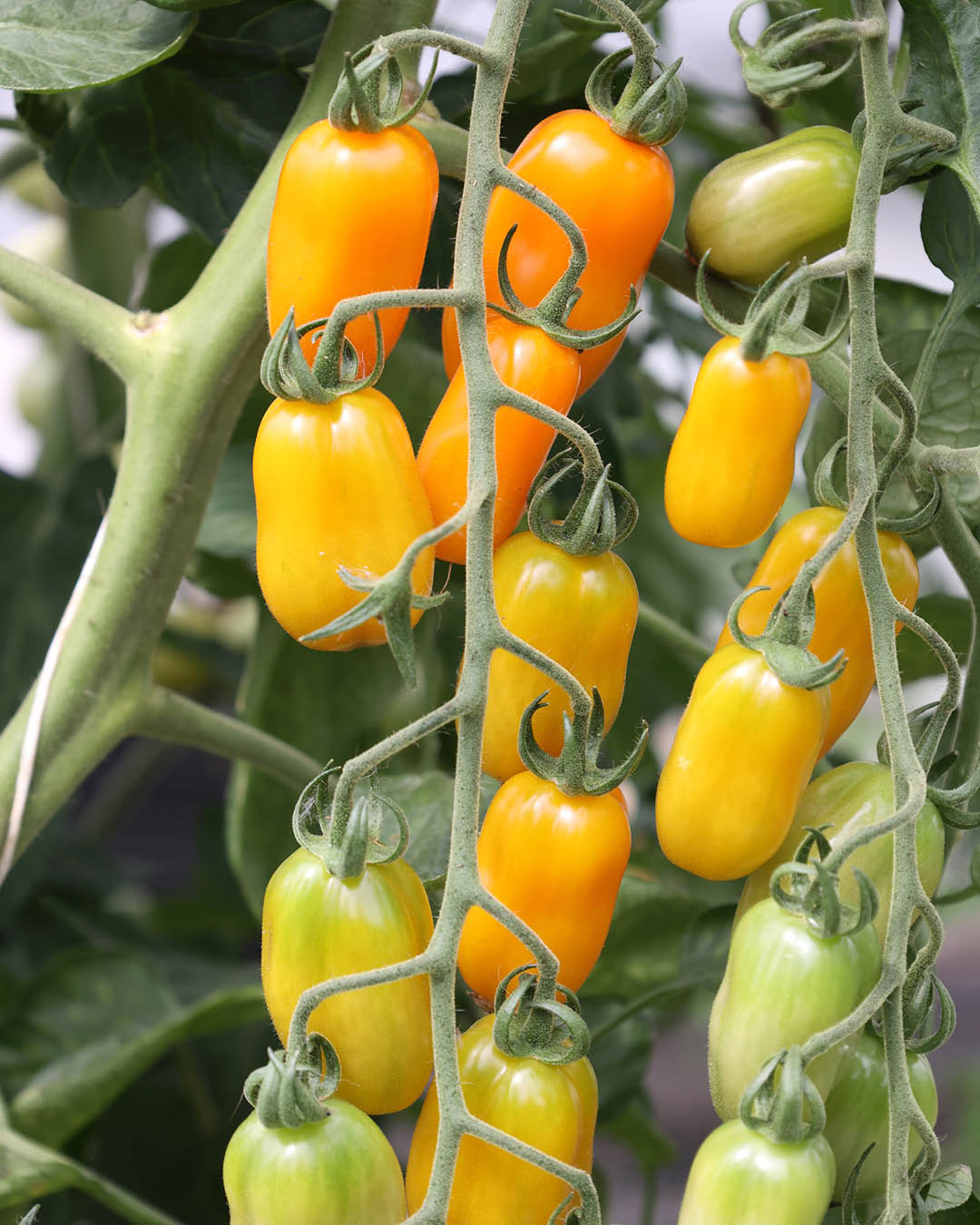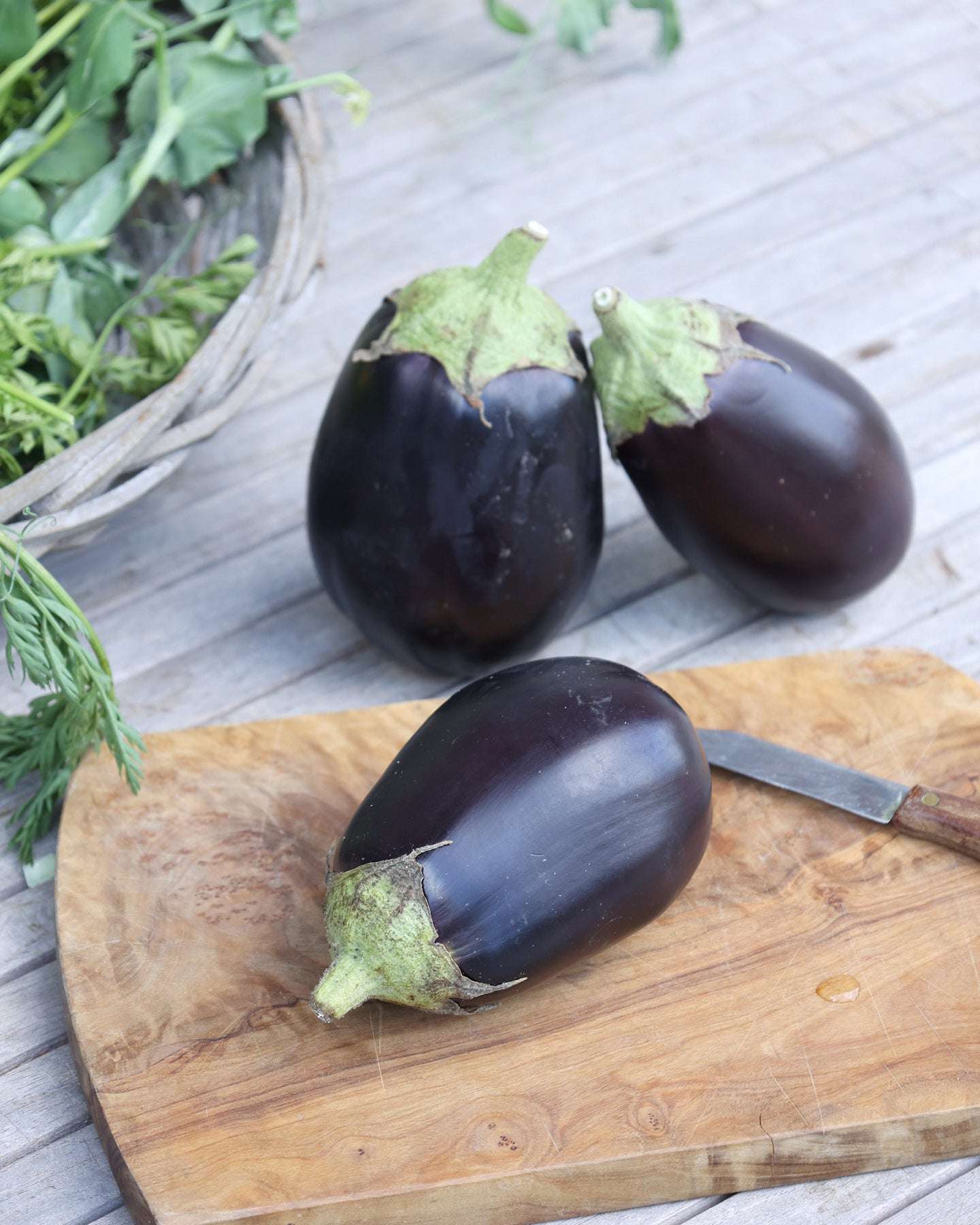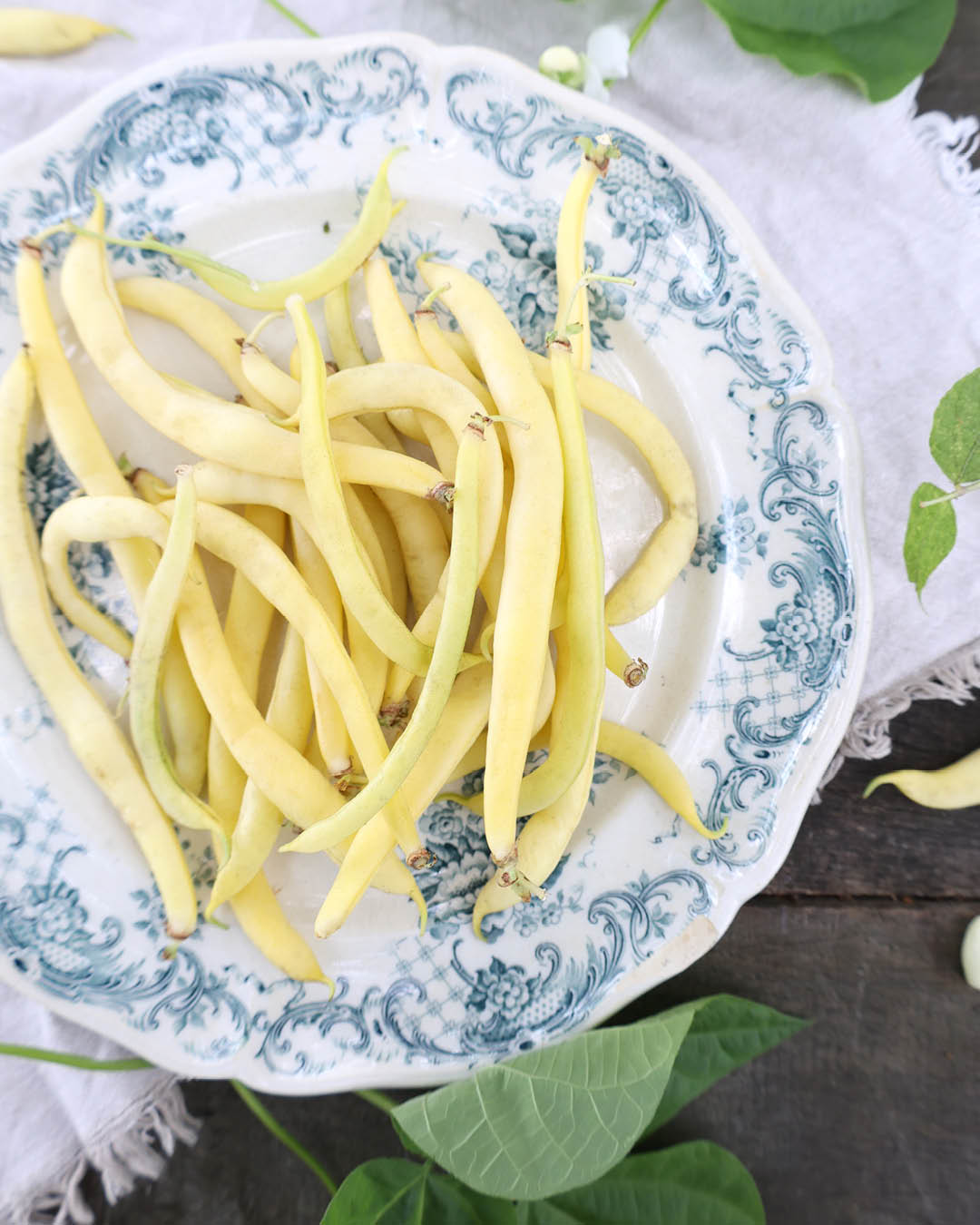Kitchen garden in January: These jobs are worthwhile now
January is a quiet but important month in the gardening year. Even if winter is still dormant outside, you can already make valuable preparations to optimally prepare your vegetable garden for the coming season. From fruit tree care to seed planning to harvesting frost-resistant vegetables – these tasks are especially worthwhile in January.
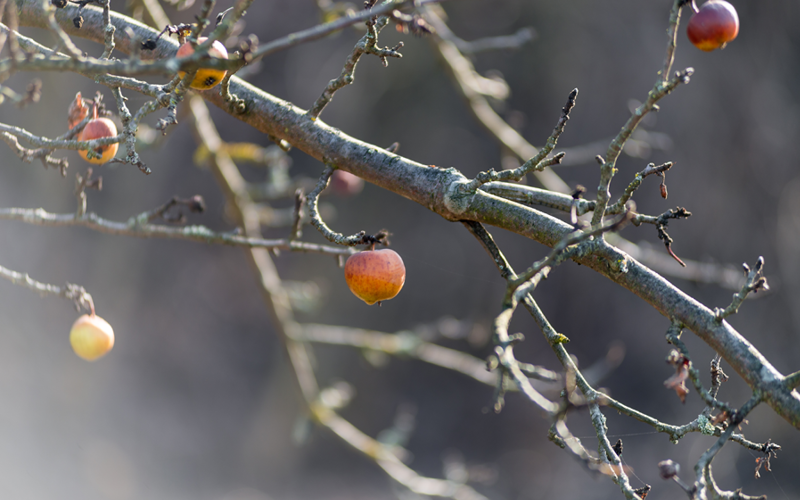
1. Check fruit trees and remove fruit mummies
A first walk through the garden is worthwhile: Now is the right time to check your fruit trees for so-called fruit mummies – dried, often fungus-infected fruits still hanging on the tree from the previous year. These are potential carriers of diseases, such as monilia fruit rot, and should be carefully removed and not disposed of in the compost.
2. Winter pruning of apple and pear trees
The classic winter pruning of many fruit trees—especially apple and pear trees—occurs in January. Remove dead, damaged, and inward-growing branches to thin the tree crown. This improves ventilation and light supply, laying the foundation for healthy growth and good fruit production in the summer.
3. Plan the gardening year and prepare for cultivation
Take advantage of the quieter winter days to think about the new gardening season. Which vegetables do you want to grow? What worked well last year? A well-thought-out planting plan—including crop rotation and mixed planting—helps prevent disease and maintain soil fertility.
4. Check and supplement seeds
Review your seed stocks now: What do you still have? Which varieties would you like to plant again? And what's missing? Many popular varieties are already sold out early in the year. If you order now, you'll be well prepared in the spring and can start sowing at the right time.

5. Prepare cold frames
Cold frames can be used soon – especially for cold-tolerant crops like spinach, lamb's lettuce, or radishes. Check in January to ensure the cold frame is clean and in working order: the ventilation, cover, and soil should be checked and cleaned or loosened if necessary.
6. Turn the compost
It's also worth checking your compost heap in winter. If the ground isn't frozen, it's a good idea to turn the compost. This mixes the material, improves aeration, and accelerates decomposition. Larger material should be chopped up and the moisture content checked.
7. Maintain garden tools
Now is the perfect time to clean, sharpen, and oil your gardening tools. Well-maintained tools not only make work easier but also last significantly longer. Take advantage of the quiet January to get your shears, spades, and other tools ready for spring.
8. Harvest and protect winter vegetables
Even in winter, the garden can provide fresh vitamins. Frost-tolerant varieties such as lamb's lettuce, winter leek, kale, and Brussels sprouts easily withstand temperatures down to -15°C. Snow isn't a problem—it even provides additional protection for the plants. The only critical point is black frost, i.e., severe subzero temperatures without a blanket of snow.
In such cases, a simple fleece, spruce branches, or a polytunnel can provide protection. Lamb's lettuce benefits from a light covering, and leeks can be covered with leaves or soil. This way, you can still harvest crisp vegetables even in the middle of winter – straight from the garden.
Conclusion: A good start begins with preparation
January brings peace to the garden—but also an opportunity to prepare quietly and systematically for the new season. With a little planning, care, and attention, you can lay the foundation for a successful gardening year. This way, spring begins not with a rush, but with a sense of anticipation and a clear conscience.
Frequently asked questions (FAQ) about the vegetable garden in January
Can I sow vegetables in January?
Outdoors, it is usually still too cold for sowing. However, if you have a heated greenhouse or a well-protected cold frame, you can start sowing cold-tolerant crops such aslamb's lettuce,spinachorradishYou can also start growing herbs or salads on the windowsill.
When is the right time to prune fruit trees?
TheWinter pruningFor apple and pear trees, pruning can be done in January if the weather is dry and frost-free. Important: For stone fruit trees (e.g., plums, cherries), pruning is recommended in summer or late summer.
Do I really need to remove fruit mummies?
Yes, absolutely. Fruit mummies are a common carrier of fungal diseases such asMoniliaThey should be carefully removed from the treetops in frost-free weather and not added to the compost.
Is it worth starting garden planning now?
Absolutely. January is the ideal time toto plan vegetable cultivation, crop rotations, seed lists, and discover new varieties. Good planning makes the start of the season easier and prevents problems later.
What does garden care involve in January?
In addition to pruning and planning fruit trees, it is recommendedTurning compost, theCare of garden toolsas well as testing and sorting of seeds.Cleaning cold framesor raised bed covers are among the typical tasks.

